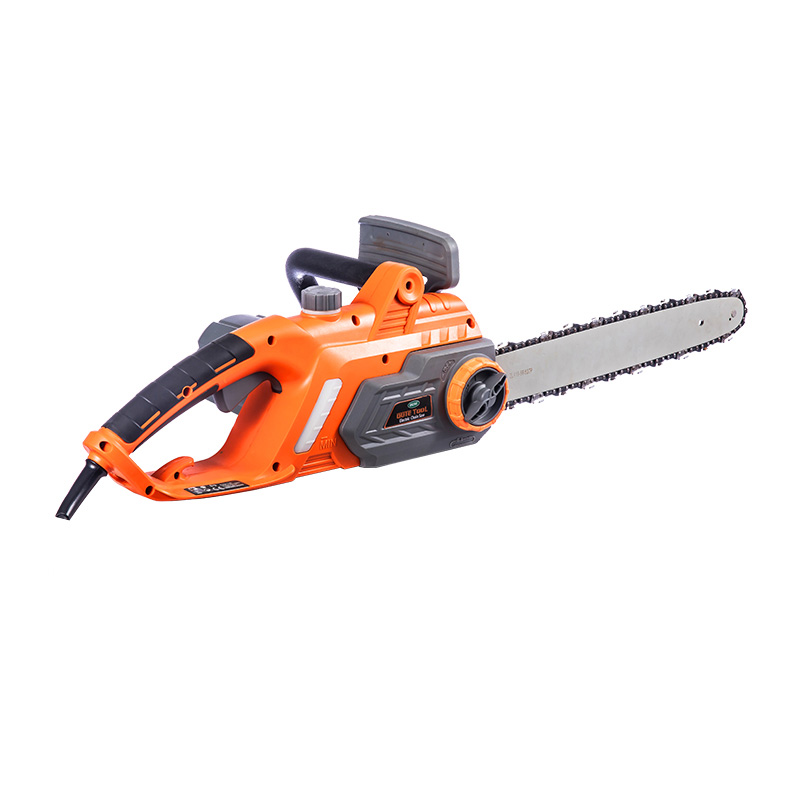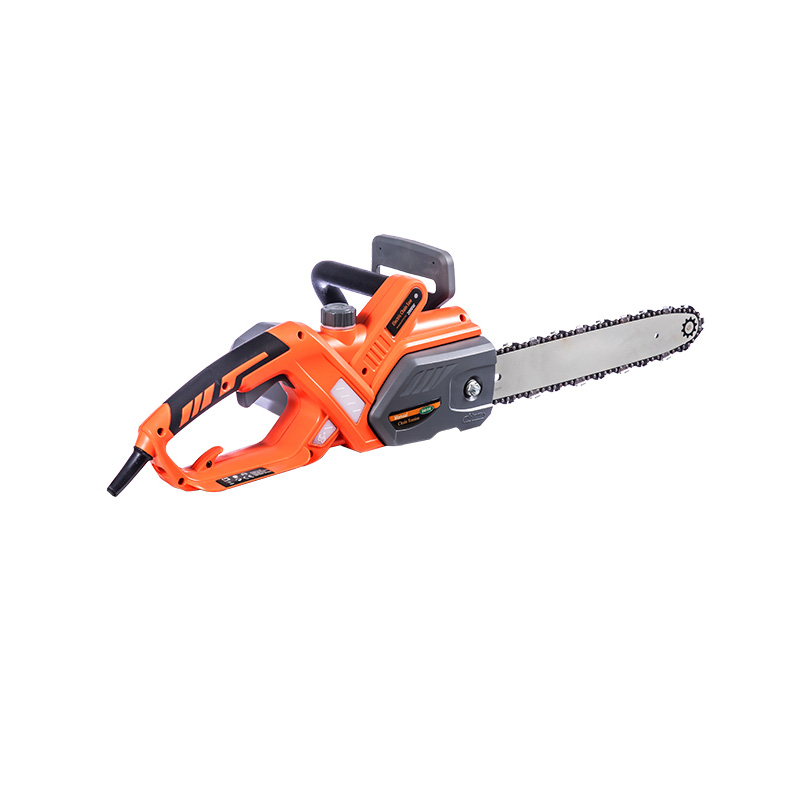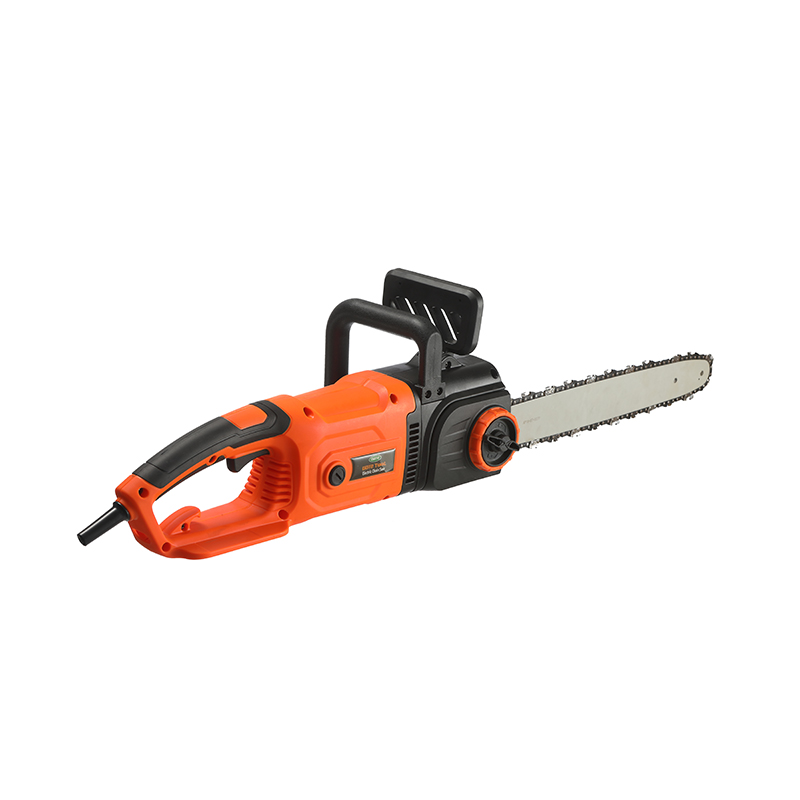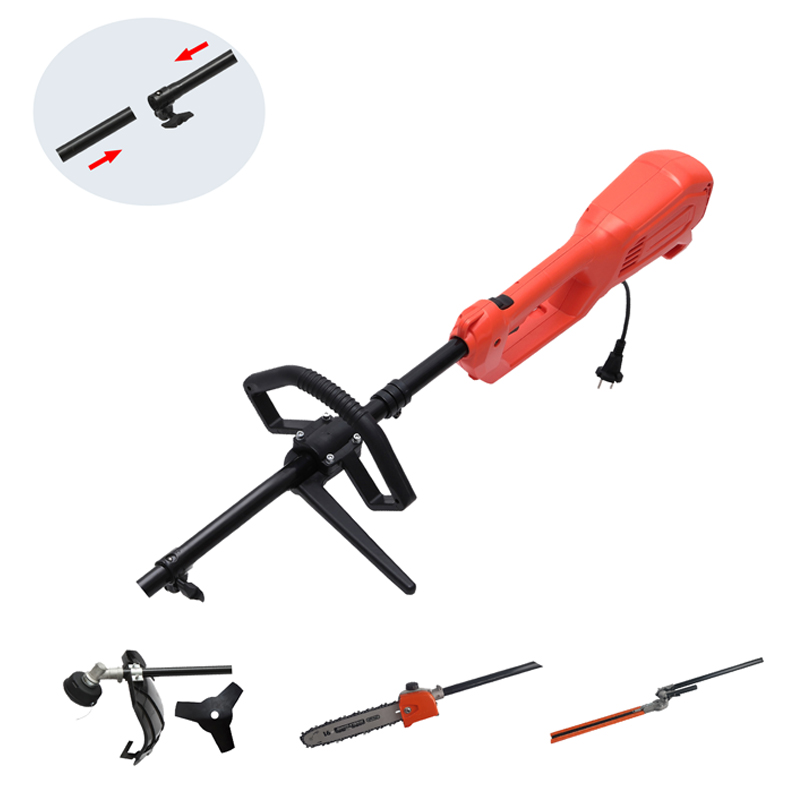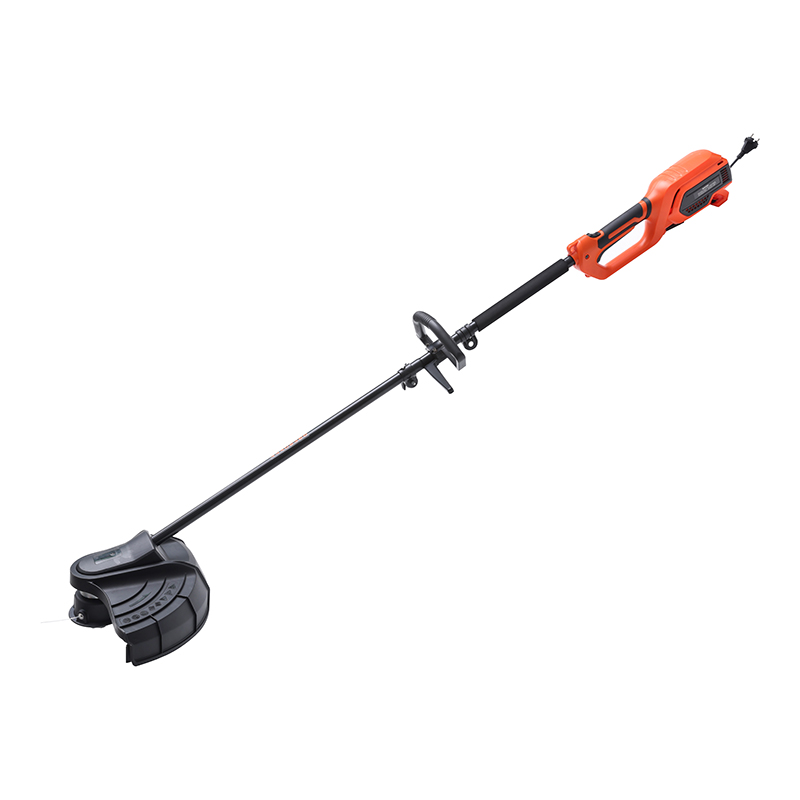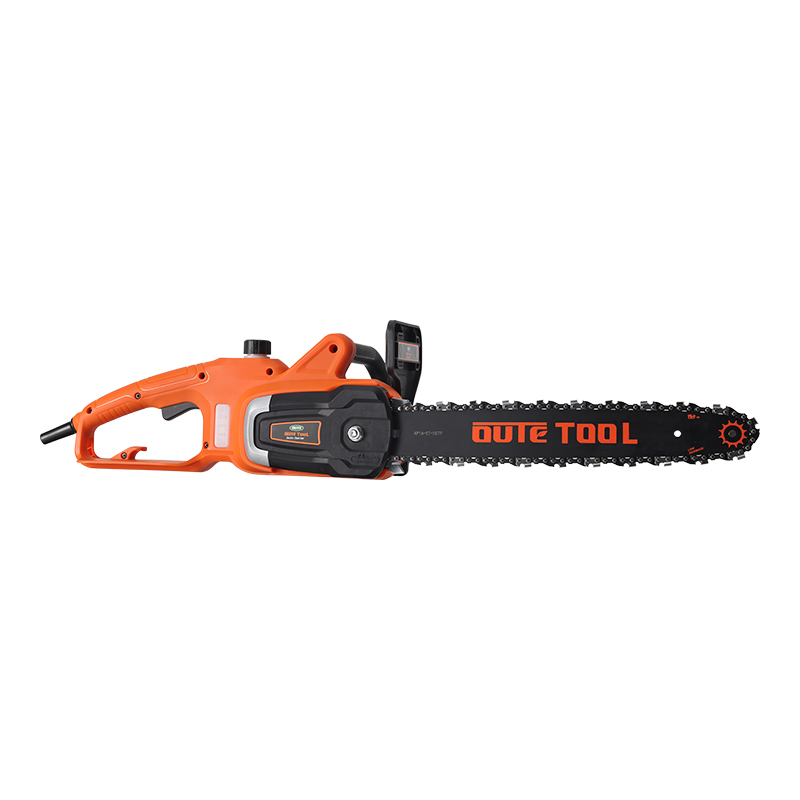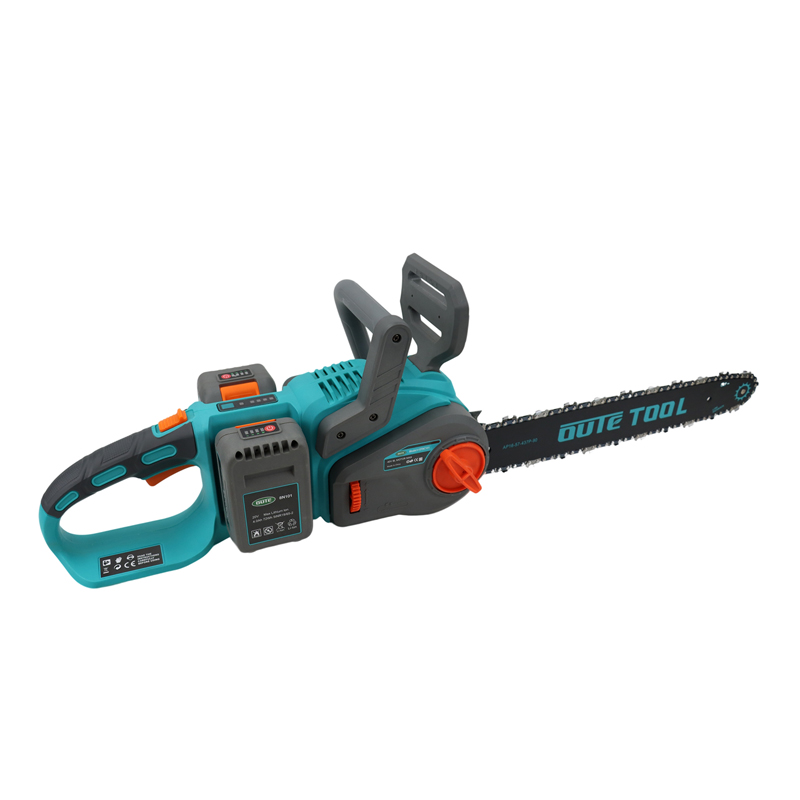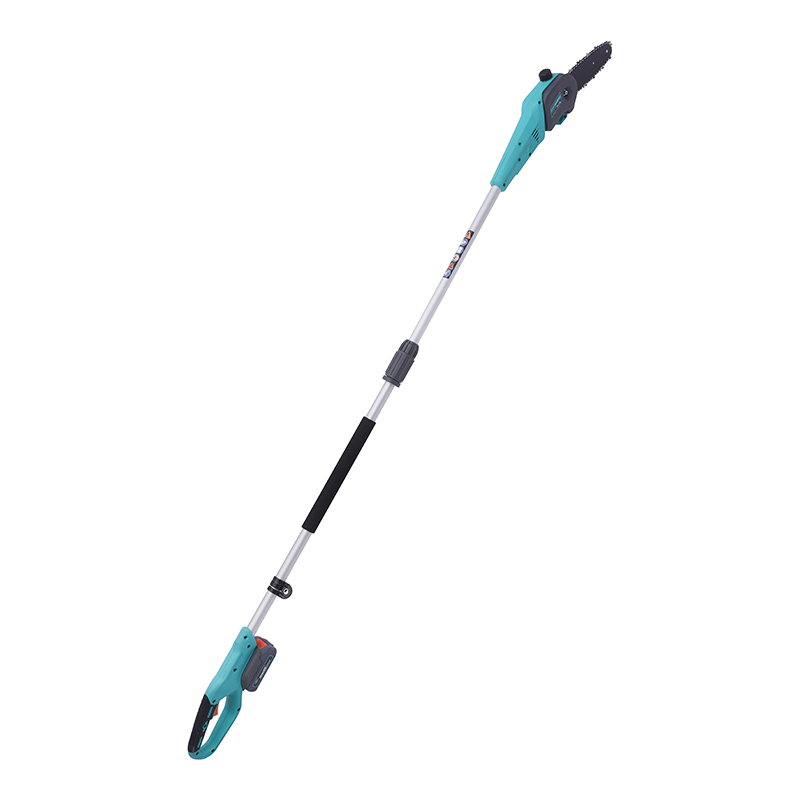As the summer season approaches, many farmers, gardeners, and landscapers prepare for a busy period of planting, cultivating, and maintaining crops. One essential tool that plays a vital role in the preparation and care of soil is the Adjustable Tiller. With its versatility and ability to adapt to various soil types and conditions, the Adjustable Tiller is a favorite among professionals and hobbyists alike. However, when using this tool in summer, the choice of materials and its ability to withstand harsh weather conditions become even more critical.
Material Selection: Ensuring Longevity and Performance
The materials used in manufacturing an Adjustable Tiller can significantly impact its performance and lifespan. In the summer months, tools are often exposed to intense sunlight, high temperatures, and, in some cases, even salt or moisture from irrigation. This is why manufacturers prioritize materials that offer both durability and weather resistance.
Common materials used in Adjustable Tillers include aluminum alloys, steel, and plastic. Each material offers different benefits and challenges when used in summer conditions. Aluminum alloy is a popular choice because it is lightweight, corrosion-resistant, and strong enough to handle frequent use. Its natural resistance to rust makes it particularly suitable for areas with high humidity or moisture.
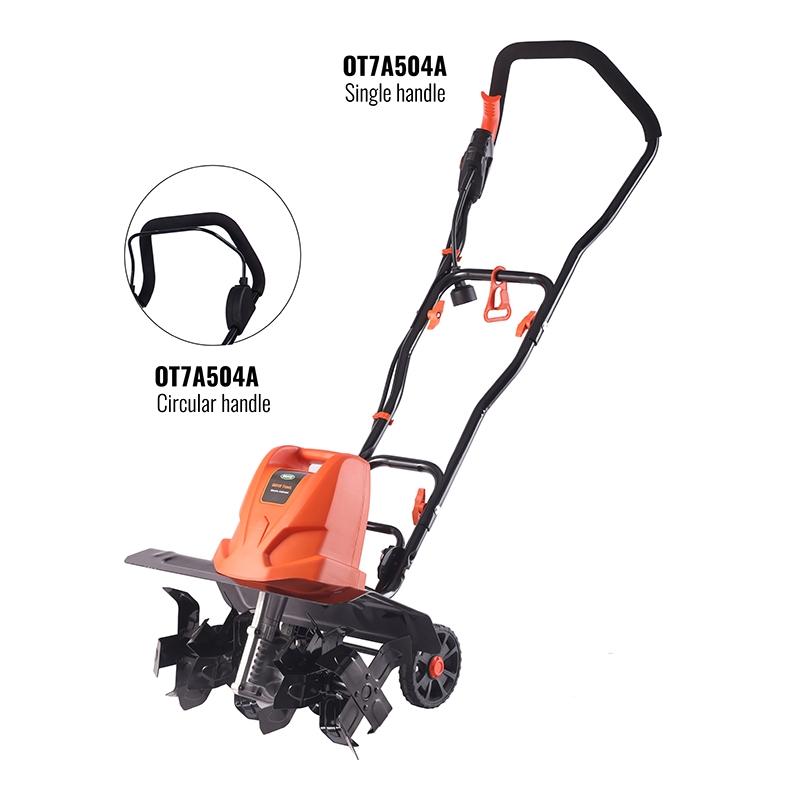
Steel, on the other hand, is known for its exceptional strength and durability, but it may require additional treatment to prevent corrosion in moist or salty environments. Many Adjustable Tillers feature steel components coated with anti-corrosive coatings to extend their lifespan. However, it’s essential to check the quality of these coatings before making a purchase, as low-quality coatings may wear off over time.
Plastic components, while not as durable as metal options, are commonly used in Adjustable Tillers for specific parts, such as handles or small connectors. Plastic can offer cost-effective solutions, but its durability in hot summer weather can vary. Over time, plastic may become brittle under intense UV exposure, to cracks or breakage. Choosing high-quality, UV-resistant plastics is crucial for ensuring the longevity of these parts.
Weather Resistance: A Crucial Factor in Summer Use
The weather resistance of an Adjustable Tiller is equally as important as material choice, especially during the hot summer months. High temperatures, prolonged exposure to sunlight, and the possibility of rain or humidity can all have an impact on the performance of the tool.
One of the main factors to consider when evaluating the weather resistance of an Adjustable Tiller is its ability to withstand UV exposure. Prolonged sun exposure can cause materials to degrade over time, to brittleness or discoloration. Metal parts, if not properly coated, may develop rust spots, which can interfere with the tiller’s function and make it harder to adjust or maneuver. Plastic parts may warp, crack, or become brittle under intense sunlight.
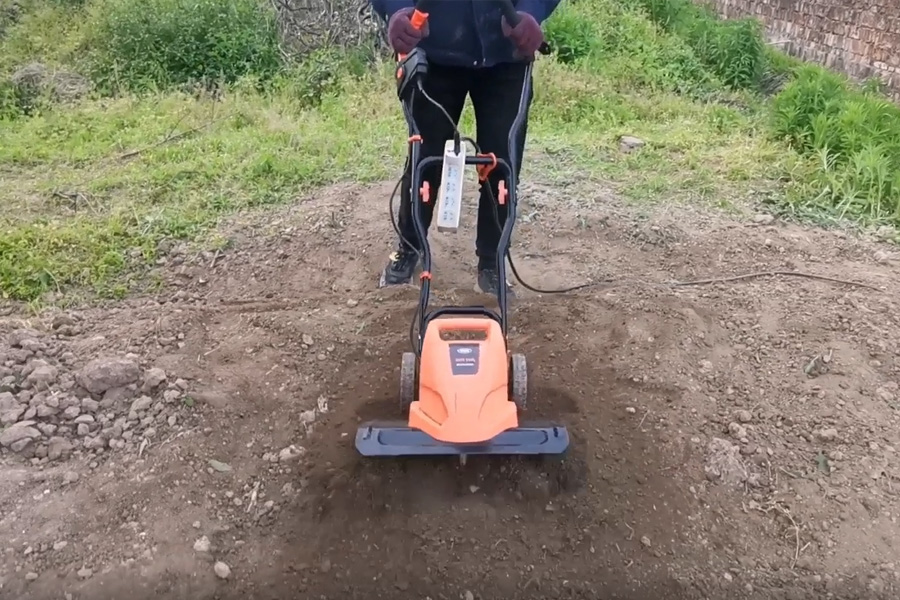
Another aspect of weather resistance is the Adjustable Tiller’s ability to function in moist or wet conditions. Summer rains or irrigation systems can leave the soil damp for days at a time. If the Adjustable Tiller is not designed to handle wet soil, rust and corrosion can quickly become a problem. Ensuring that all moving parts are well-lubricated and protected from moisture can prolong the life of the tool, but it is essential that these maintenance practices are followed regularly.
The Impact of Heat on Performance
High temperatures can affect more than just the material of an Adjustable Tiller—they can also impact its performance. In particularly hot weather, an Adjustable Tiller may experience issues like overheating or reduced efficiency, especially if it’s powered by an engine. Heat can cause the engine or motor components to wear down more quickly, which may result in decreased power or even complete failure.
To avoid these issues, it’s crucial to use an Adjustable Tiller that is built with heat-resistant components. These components are designed to operate effectively even during the peak of summer, ensuring that the tiller can handle extended periods of use without compromising performance.
Maintaining Your Adjustable Tiller for Summer Use
To ensure that your Adjustable Tiller remains in top condition throughout the summer months, it’s essential to follow a regular maintenance routine. First and fore, keep the tiller clean and free of soil and debris. This will not only maintain the tiller’s efficiency but also prevent dirt from accumulating in sensitive components. After each use, inspect the tiller for any signs of wear, especially on parts exposed to the sun or moisture.
Lubricate all moving parts to prevent rusting and ensure smooth operation. Also, regularly check for any loose bolts or fasteners, as these can become problematic during operation. If you’re using a gas-powered Adjustable Tiller, make to monitor the fuel and oil levels to ensure the engine runs smoothly and efficiently.
The summer season places a unique set of demands on agricultural tools, especially on equipment like the Adjustable Tiller, which must perform in the heat and sometimes challenging weather conditions. By selecting a tiller made of durable, weather-resistant materials and ensuring regular maintenance, users can ensure their Adjustable Tiller remains an effective tool throughout the season. With the right care, an Adjustable Tiller can withstand even the demanding summer conditions, ensuring a successful and productive growing season.
